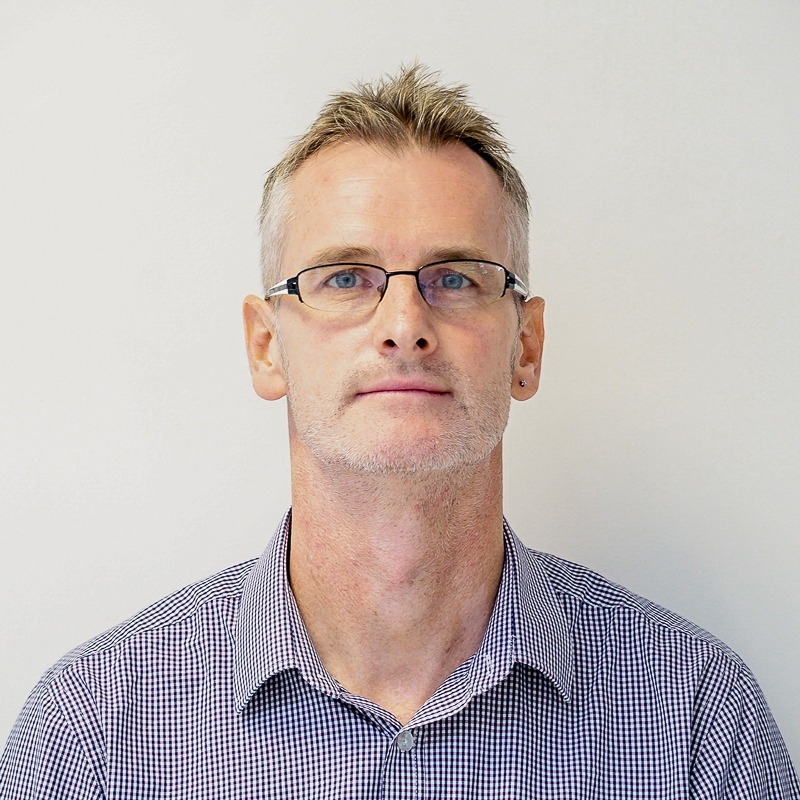South Africa: Baobab fibre organisers launch app, plan to branch out nationally
From Saldanha Bay, South Africa, fixed network operator Zoom Fibre has partnered with members of the country’s private sector and local government to launch a Digital Citizen app as a key driver to deliver fibre as a municipal service, as part of the Baobab initiative.
According to Zoom Fibre the latest development is a direct response to national government’s assertion that connectivity should be a basic service.
The company is referring to a statement made by South Africa’s Minister of Communications and Digital Technologies Khumbudzo Ntshavheni during the State of the Nation Debate in February that "data has become a new utility like water and electricity that our home needs. At some point, a South African household, despite whether they are rich or poor, will be given access to 10GB per month, because that is what the government will deliver."
The Saldanha Bay Municipality Baobab utility PoC was initiated by the Saldanha Bay Innovation Helix (SBIH) programme. SBIH is part of Stellenbosch University’s SocioNovus social lab programme that focuses on establishing social innovation and entrepreneurship through collaboration between the public sector, private sector, civil society and academia.
The Baobab initiative has been in the works for six years, and Zoom Fibre came on board in 2021.
Speaking at the launch of the app Saldanha Bay Municipality Executive Mayor Andre Truter said the dream of a smart city "has been enabled" by the hundreds of kilometres of fibre deployed across the region.
Zoom Fibre Managing Executive Tanya Lourens said the fact that Saldanha Bay Municipality is leading the charge nationally,” is testament to the power of authentic public-private partnerships, built on a shared vision. "Our purpose is to enable connectivity and digital inclusion, and working alongside the visionary Saldanha Bay Municipality and private partners - which predates the Minister’s comments - to deploy fibre to every household in the municipality is proof that with a shared vision and commitment, anything is possible. In many ways, this project provides a template for other municipalities across the country to follow.”
Fibre connectivity service
Lourens explained how the app and fibre connectivity service is expected to work in practice.
According to Lourens, every home will get a fibre Optical Network Terminal (ONT) device installed in line with the municipality’s meter rollout plans. The ONT device will not have a broadband service on it automatically unless the municipal customer orders it.
“However, the device will still interact wirelessly with the meters installed by the municipality. In other words, a citizen in the municipality - before the broadband is rolled out according to the municipal schedule or on the citizen’s request - would still be able to access their water and electricity meters via the Digital Citizen app through a connection made by their ONT to the smart meters. Key here is the digital enablement of the users, because they can use the app to access municipal services, citizen services, and as more layers are added, a host of other services.”
Lourens added that together with project partners, there are plans to expand the initiative to other municipalities, but stopped short of mentioning which municipalities could be lined up.
Cornell De Kock, Saldanha Bay Municipality's Director for Economic Development and Strategic Services, said that the launch of the app, which was developed through a partnership led by Amoeba TSC, was another step along the journey to achieving the dream of a real smart city.
“We have a mandate to serve all citizens, no matter where in the municipality. The cornerstone principle is: what are the telecoms infrastructure requirements to be able to deliver services? Citizens are divided until you bridge the digital divide.”
Lourens continued: “We believe that once the fibre is live, and the promise has become reality, the importance of this public-private partnership will be especially apparent.”
Truter added: “Every great house needs a foundation, and in this case that foundation is the fibre network. This will position us uniquely in South Africa. No other municipality can compete with this at this point. It is an uncomfortable space, but we must push forward and learn.”
The Baobab Fibre project is described as a long-term, multi-million rand investment into the community and is expected to grow beyond a billion rand-plus initiative.
